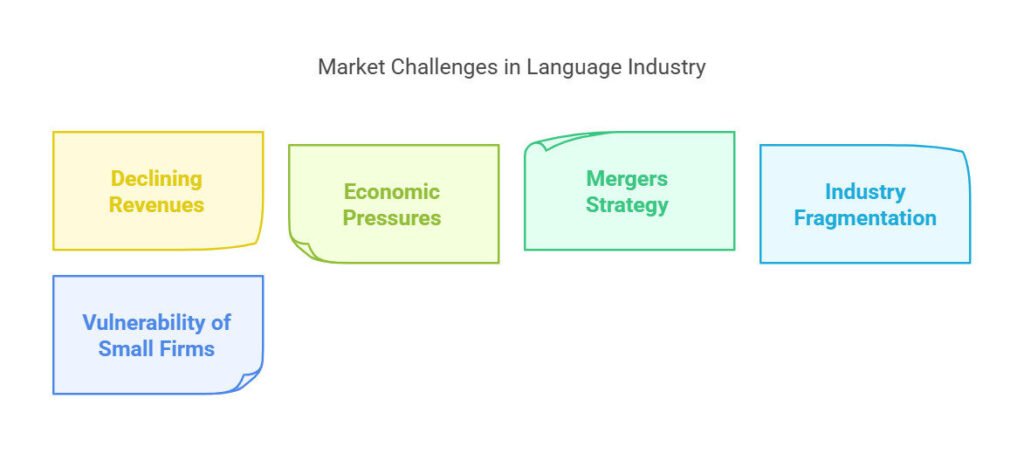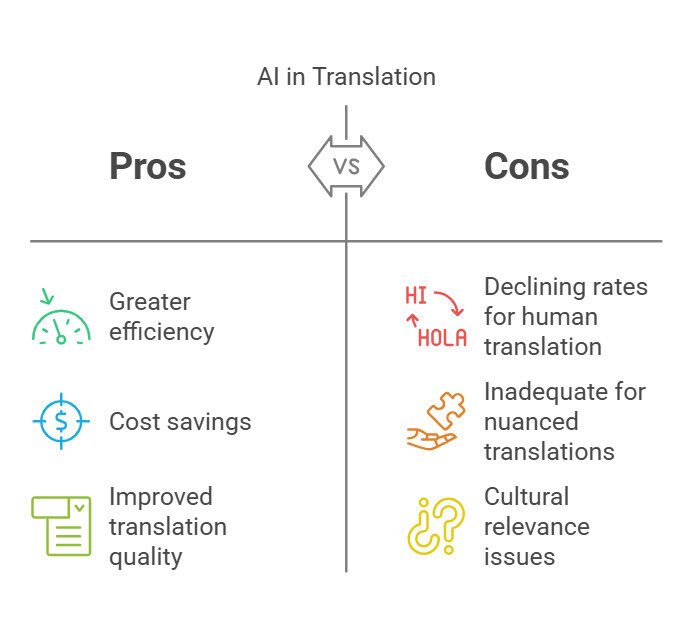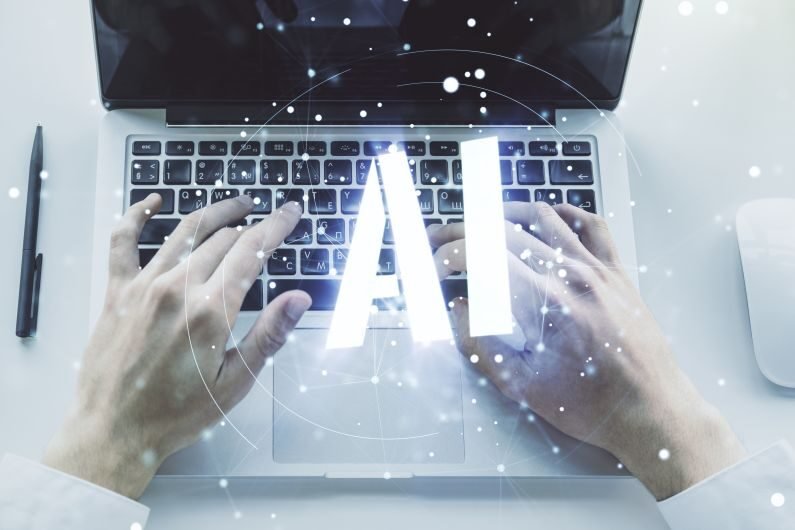The translation industry has always been dynamic, shaped by technology, economic shifts, and evolving client expectations.
In 2025, the industry is undergoing unprecedented transformation—driven primarily by artificial intelligence (AI) and volatile market dynamics.
As a long-time observer and participant in this industry, I have seen firsthand how these forces are redefining the role of translators, the business landscape, and the overall perception of language services.
Uncertainty Grips the Market
A Year of Decline and Caution
For the first time in recent history, a majority of language companies and independent professionals reported declining revenues and activity levels.
Economic uncertainty, geopolitical tensions, and the rise of AI-powered translation tools have collectively contributed to a market that feels like it is holding its breath.
Independent professionals, in particular, have voiced concerns about pricing pressures, unsustainable wages, and an increasing shift toward post-editing machine translation (MTPE).
The demand for traditional human translation is diminishing, making it difficult for freelancers and small language service providers (LSPs) to maintain profitability.
Mergers and Acquisitions: A Strategy for Survival
Despite the general downturn, large LSPs are using mergers and acquisitions (M&A) as a growth strategy.
The language industry remains highly fragmented, with the top 10 LSPs accounting for just 10% of the market.
This fragmentation has made smaller firms vulnerable, leading to a wave of consolidations as businesses seek to scale operations, reduce costs, and improve competitiveness.

The AI Disruption: Opportunity or Existential Threat?
The Rapid Integration of AI
AI is no longer a future consideration—it is here, actively transforming the translation industry.
By 2025, more than 50% of professional translations are expected to involve AI tools in some capacity.
While machine translation has been around for decades, generative AI models have dramatically improved translation quality, making them a viable alternative for many businesses.
For LSPs and translators alike, AI is both a catalyst for innovation and a source of disruption.
On one hand, it allows for greater efficiency and cost savings.
On the other, it has led to declining rates for human translation, particularly in the realm of general content where AI-generated translations are increasingly accepted as “good enough” for general content.
The Role of Human Expertise
Despite AI’s growing dominance, human translators remain indispensable in areas requiring nuanced language skills, cultural adaptation, and subject-matter expertise.
Legal, medical, and literary translations still demand human oversight to ensure accuracy and compliance.
Additionally, many businesses are realizing that while AI can produce passable translations, it often fails to capture the tone, emotion, and cultural relevance necessary for high-quality communication.

Market Fragmentation and Specialization
The Shift Toward High-Value Services
With traditional translation services under pricing pressure, many professionals are pivoting towards specialized fields such as legal, medical, and technical translation.
Specialization not only commands higher rates but also provides greater job security in an industry increasingly commoditized by AI.
Additionally, language professionals are expanding their services beyond translation.
Many are embracing roles as linguistic consultants, localization strategists, and AI post-editors, providing value that goes beyond simple text conversion.
Regulatory Pressures and Certification Growth
Another notable trend in 2025 is the growing emphasis on compliance and certification.
ISO 17100 (translation quality) and ISO 27001 (information security) are becoming industry standards as clients demand higher levels of accountability and data protection.
With AI’s growing presence, companies are under increasing pressure to ensure ethical and secure language solutions.
Future Industry Pathways and Next Steps
The translation industry stands at a crossroads.
The industry’s future hinges on how well professionals and organizations adapt to rapid change.
Several potential scenarios could unfold:
- The AI-Human Hybrid Model Becomes Standard – AI continues to improve, but human translators remain essential for refining output, ensuring quality, and handling complex tasks.
- Hyper-Specialization Becomes the Norm – General translation services become fully automated, forcing professionals to develop niche expertise to stay relevant.
- Regulations Shape the Industry – Governments introduce stricter regulations on AI in translation, requiring human oversight in critical domains.
- A Market Correction Restores Pricing Power – As businesses recognize AI’s limitations, the demand for high-quality human translation rebounds, leading to better compensation for professionals.
As we navigate 2025 and beyond, the key to success lies in adaptability, continuous learning, and strategic positioning.
For language professionals, this means embracing technology rather than fearing it, refining expertise in specialized domains, and proactively seeking opportunities in emerging areas of demand.
If you’re a translator, LSP owner, or industry stakeholder, now is the time to take control of your future.
As change accelerates, the future belongs to those who innovate. How are you adapting? What strategies will define your success in this AI-powered era?
Let’s discuss and shape the future of our industry together.
